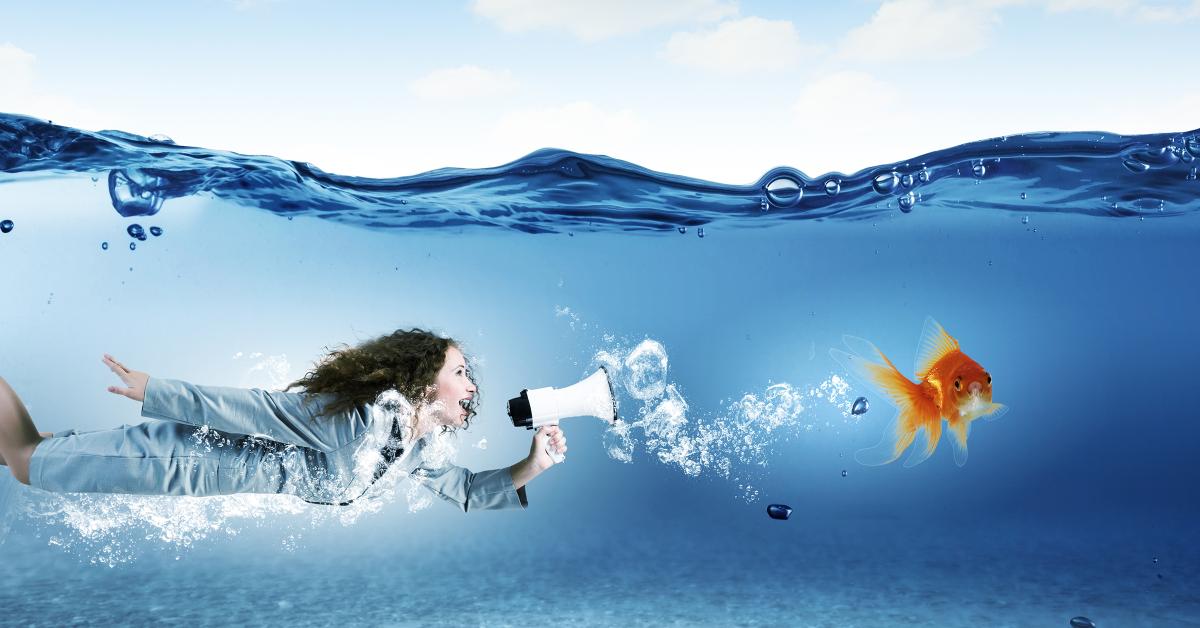CONCORD, N.C. — Having the chance to virtually grow up in a drycleaning plant, I have seen ideas come and go in garment care. For many years, things were stable, with perchloroethylene being the favored immersion solution, with petroleum coming in a distant second place.
If you attended the Clean Show last year, or if you have read about the show, you know that there are a multitude of choices when it comes to cleaning and restoring textiles. A decision to purchase a cleaning machine, made today, can have a ripple effect on operations over the next seven to ten years.
Even wet cleaning needs help when it comes to some stains.
Supplemental stain removal can effectively remove the last traces of tannin and protein stains left behind after water immersion. There are also some pretty good oil and grease removers for water immersion. All will flush out at the board or when recleaned with water immersion.
Take chocolate ice cream in a golf shirt or a pair of khaki trousers. This is a protein stain. These protein stains will usually require water plus a chemical tool to be completely removed.
Standard protocol is to flush the area with steam over the vacuum nose of the spotting board. Then you move the item over the solid portion of the board, apply Neutral Synthetic Detergent and light mechanical action.
Move the item over the vacuum nose of the board and flush the area with steam. This will usually remove at least a third of the stain.
Move the stain over the solid portion of the board and apply your protein stain removal agent followed by light mechanical action. When the last traces of the stain are gone, you should dry the area with air.
If you are going to use water immersion to finish the job, the item is ready to be processed. If you are going to dry-clean the item, you should cover the area with a few drops of the general pre-spotter recommended for your particular immersion solution.
Protein stains that have been ignored by the customer for a period of time, can be softened by using an enzyme digester. Remember to keep the area warm and moist after setting the item aside, giving the digester time to work.
Red wine is a tannin stain. Tannin stains are water soluble. However, most tannin stains will require some additional help to be completely removed.
The protocol to remove a tannin stain on the wet-side is almost identical to the protocol to remove the protein stain just mentioned, with the difference being the use of a tannin formula (acid) as opposed to the protein formula (alkali).
Following these steps: Flushing with steam, applying Neutral Synthetic Detergent, then flushing with steam, will give you a head start in removing one of the more difficult stains. It is best to assume supplemental stain removal will be necessary for wine and pre-spot accordingly.
Don’t be fooled, every now and then the stars line up just right, the fabric is the perfect mix of fibers, the stain is relatively fresh, the relative humidity of the immersion solution is favorable, and the stain comes out in the drycleaning machine.
But even more often the pH of the stain is altered and/or the heat of drying “cures” the stain slightly, making post spotting more difficult. Then you have a choice: Put in the effort to remove the stain, or hang a sorry tag.
Life and love require effort for success, so does garment care. A little knowledge and effort at the start can save you a lot of time and effort later.
There is somebody hoping you will drop the ball so they can take your customer. It is cheaper to hold on to a current customer than it is to win a new customer. You decide if it is worth it.
To read Part 1, go HERE.
Have a question or comment? E-mail our editor Dave Davis at [email protected].

